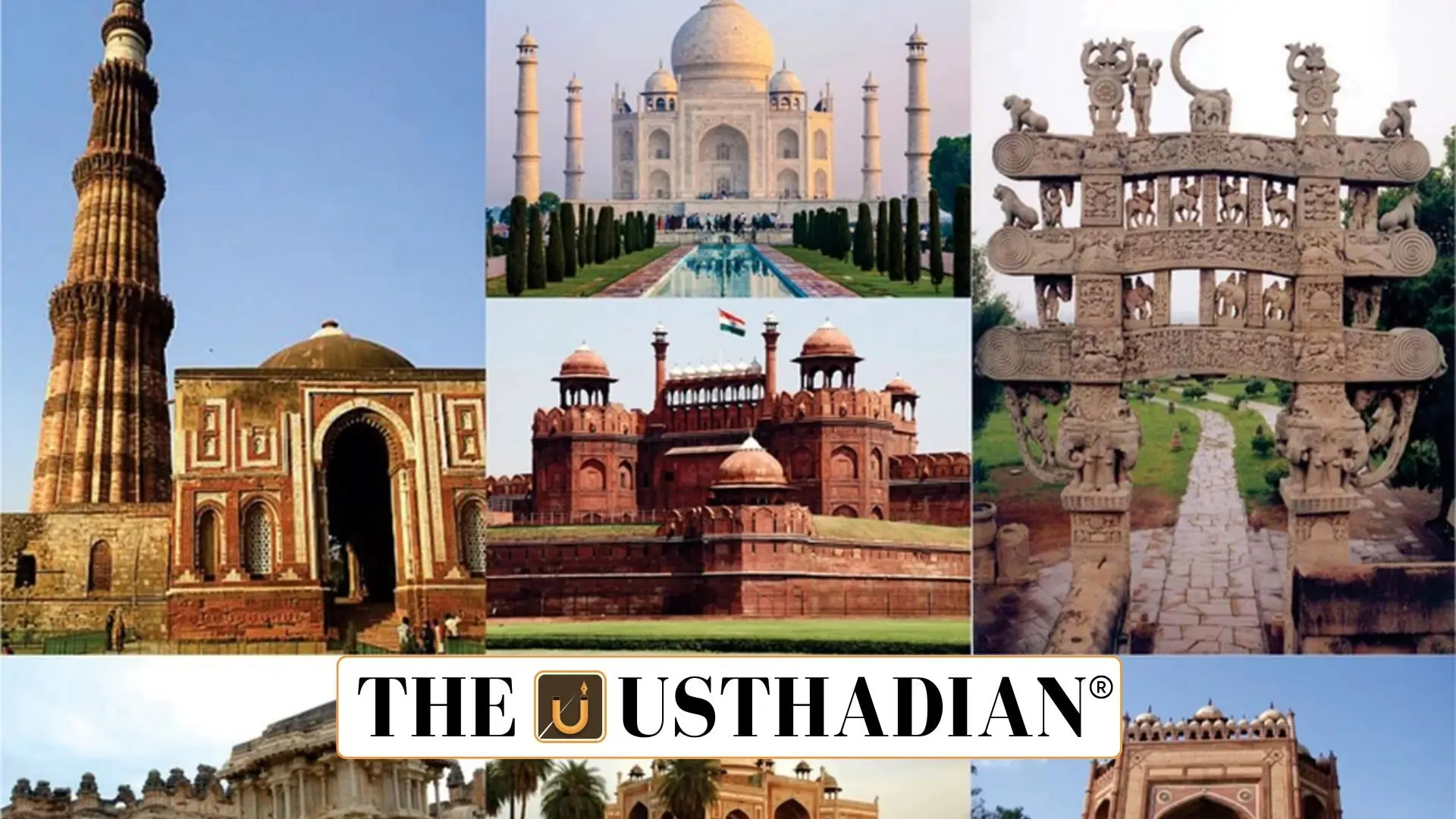What Does Delisting a Monument Really Mean?
Monument Delisting in India: A Growing Concern for Heritage Protection : When a monument is delisted, it means the structure is removed from the list of sites protected by the Archaeological Survey of India (ASI). This also means that it no longer gets regular maintenance, conservation efforts, or legal safeguards from the government. Under the AMASR Act, 1958, the Central Government can delist a monument if it’s deemed no longer of national importance. However, this decision can often spark public debates and raise concerns about the fate of neglected or politically sensitive sites.
Why the AMASR Act Needs an Update
The Ancient Monuments and Archaeological Sites and Remains (AMASR) Act was crafted to protect India’s vast heritage. It covers excavation rules and restricts construction near protected monuments. The 2010 amendment brought in the National Monuments Authority (NMA) to oversee construction around these monuments. However, the Act applies the same rules to all monuments, whether they are sprawling forts or small shrines. This one-size-fits-all model often doesn’t suit the real needs of monument protection. The lack of ASI staff and limited funding make the job even harder.
Recent Moves and Rising Criticism
India currently has 3,698 ASI-protected monuments. Recently, 18 monuments were delisted because they were found to be untraceable. A high-profile case under debate is the tomb of Aurangzeb, which is under scrutiny due to political pressure and protests. A Parliamentary Committee has now recommended the formation of an independent panel to reform delisting rules. The panel would ensure better guidelines, transparency, and public input before any historical site is removed from protection.
How Can India Improve Its Heritage Management?
To address the gaps, the Committee suggested some important changes. One key idea is to create a GIS-based digital inventory so that each monument can be tracked in real time. Another idea is to conduct biennial audits to check the status of each site. Strengthening the legal penalties for damaging or encroaching on protected monuments was also proposed. These changes can give the ASI more teeth to act swiftly against violations and illegal constructions.
What’s the Future of India’s Monuments?
Protecting monuments is not just about fences and guards—it’s about respecting our history. With rising urban expansion and infrastructure development, many old structures are under threat. The way forward is to combine technology, law, and community participation. By improving policies and supporting ASI’s work with better funding and staffing, India can safeguard its cultural legacy for generations to come. Preserving even a small shrine can tell the story of a forgotten civilization.
Static GK Snapshot
Monument Delisting in India: A Growing Concern for Heritage Protection :
| Aspect | Details |
| Governing Law | AMASR Act, 1958 |
| Amendment Year (NMA formed) | 2010 |
| Total ASI Protected Monuments | 3,698 (as of 2025) |
| Recent Delisted Monuments | 18 (reported as untraceable) |
| Key Body for Construction Approval | National Monuments Authority (NMA) |
| Concerned Ministry | Ministry of Culture, Government of India |
| Recent Recommendation | Establish an independent panel for delisting |
| Digital Inventory Suggestion | GIS-based monitoring and real-time auditing |
| Relevant Exams | UPSC, TNPSC, SSC, Banking, State PSC |








